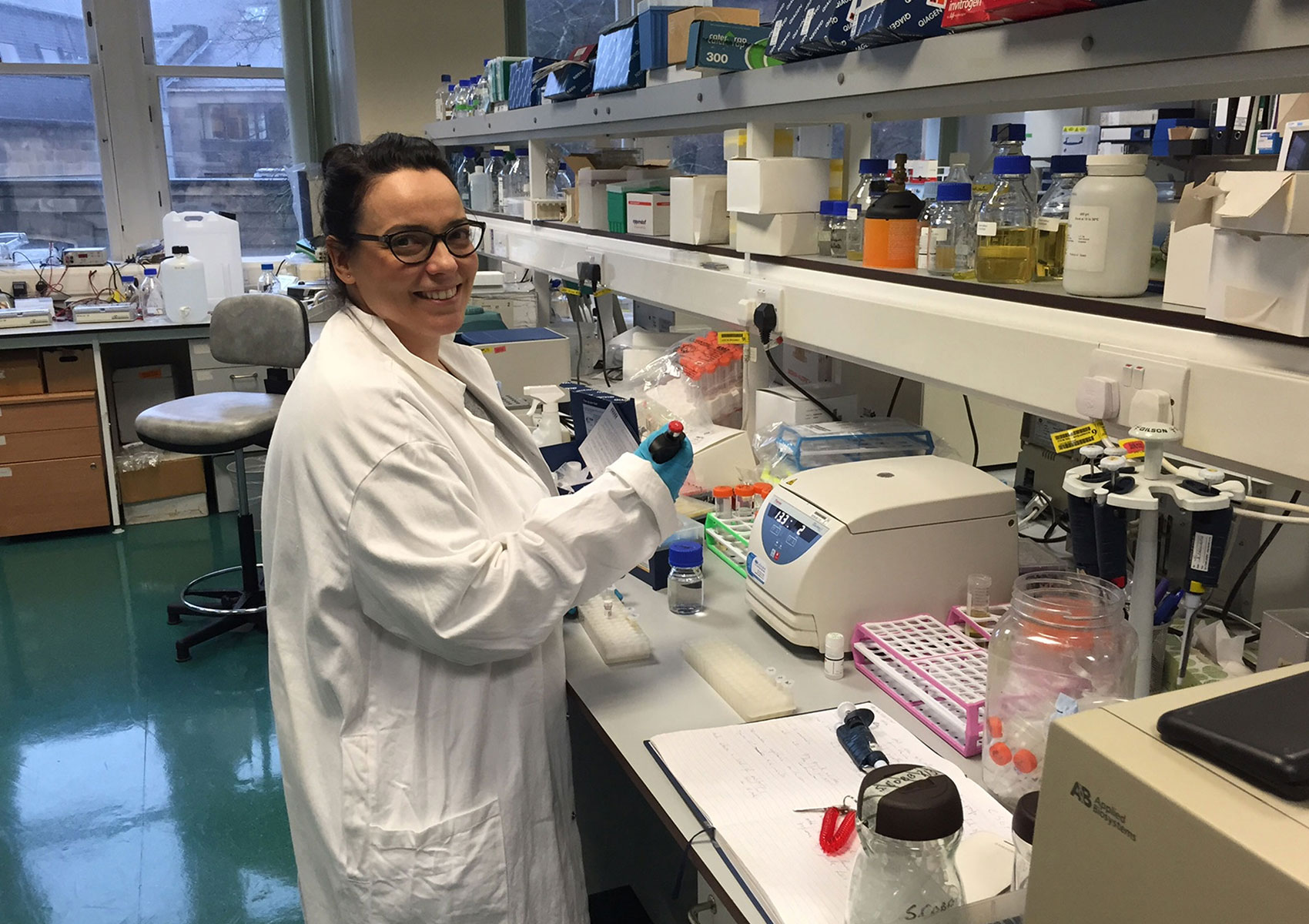Rett Syndrome is a post-natal neurological disorder, which most often affects little girls, around the age of 12-18 months.
Estimated to affect 1:10,000 people, Rett Syndrome is most often seen in girls and women because the gene which causes Rett is on the X chromosome. Girls and women have two X chromosomes whereas boys have one. The consequence of not having that ‘back up’ copy of the gene is devastating.
Although little boys with Rett can be very unwell, some do survive into their early childhood and beyond.
Most children and adults with Rett are unable to speak, walk, or use their hands. Breathing problems, feeding tubes, seizures, anxiety, gastrointestinal, and orthopaedic issues are common.
Research has shown that people with Rett Syndrome do not have brain damage. They know and understand much more than their bodies allow them to show – but they are locked in, trapped by a body that cannot obey signals from their brain.

Rett Syndrome is most often caused by mutations on a gene called MECP2 on the X chromosome. The gene makes a protein which everyone needs for their brains to function properly, but people with Rett do not have enough of this protein. In 2007, researchers at Edinburgh University proved that a cure for Rett is possible. The scientists did this by using genetic engineering to replace the missing protein in a mouse model. These experiments showed that when the protein is replaced at the right level, the symptoms of Rett go away. Gene therapy is one way that the protein can be replaced, and human clinical trials are due to start in 2019.
If your child has just been diagnosed with Rett Syndrome, or your doctor has recommended testing for Rett, you may have many questions. Find out more about how the condition is diagnosed and the answers to some common questions.

There are many symptoms of Rett Syndrome. Some signs appear in the first 6-18 months of the child’s life, but some appear between the ages of 1 and 4. Although very rare, boys can also be affected by the disease.

Diagnosing Rett is still a clinical process despite the availability of genetic testing. A doctor, geneticist or psychologist will observe your child then make a clinical diagnosis based on the symptoms which are present.